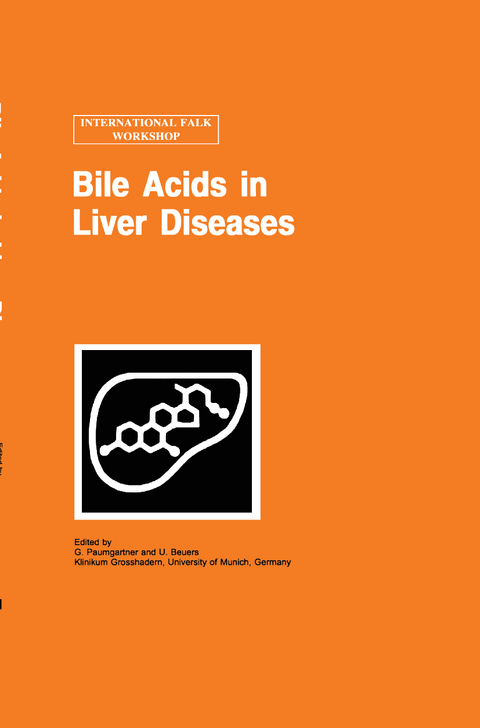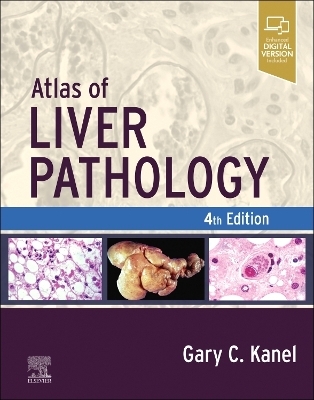
Bile Acids in Liver Diseases
Springer (Verlag)
978-0-7923-8891-3 (ISBN)
Bile Acids in Liver Diseases, the proceedings of an International Falk Workshop held in Munich, January 1995, provides insights into current concepts in bile acid chemistry, bile acid synthesis and metabolism, and transport of bile acids across the hepatocyte. The role of bile acids in bile formation, cholestasis and hepatotoxicity are discussed.
Finally, the book addresses experimental studies and hypotheses about the putative mechanisms of action of ursodeoxycholic acid in cholestatic liver diseases, and summarizes the clinical applications of bile acid treatment on the basis of controlled clinical trials.
List of principal authors. Preface. Section I: Bile acid synthesis. 1. Species differences in bile acid metabolism; A.F. Hofmann, et al. 2. Role of alternative pathways of bile acid biosynthesis in liver disease; J. Sjovall. 3. Regulation of bile acid synthesis; Z.R. Vlahcevic, et al. Section II: Bile acid transport. 4. Hepatocellular basolateral bile acid uptake proteins; B. Hagenbusch, et al. 5. Transcellular bile acid transport; J.M. Crawford. 6. Bile acid transport across the canalicular membrane; D. Keppler, et al. 7. The hepatic Na+ taurocholate cotransporter is downregulated in experimental models of cholestasis; C. Gartung, J.L. Boyer. Section III: New concepts of bile acid-induced hepatotoxicity and bile secretion. 8. Effect of bile salts on biomembranes; S. Guldutuna, et al. Apoptosis - an alternative mechanism of bile salt hepatotoxicity; T. Patel, et al. 10. Bile acids and hepatocellular signalling; U. Beuers, et al. 11. Hepatobiliary cholesterol secretion and the function of mdr2 P-glycoprotein; R.P.J. Oude Elferink, et al. Section IV: Bile secretory function of liver and bile duct cells. 12. Vesicle targeting to the canalicular domain regulates bile acid transport and bile secretory function in the liver; J.L. Boyer, et al. 13. Effects of bile acids on bile duct epithelial cells; M. Strazzabosco, et al. 14. Increased biliary secretion of phospholipids in primary sclerosing cholangitis: another mechanism of action of ursodeoxycholic acid? A. Stiehl, et al. 15. Bile acid transport systems as pharmaceutical targets: bile acid-derived HMG-CoA reductase inhibitors; W. Kramer, et al. Section V: Ursodeoxycholic acid treatment in cholestatic liver diseases. 16. Long-term experience with ursodeoxycholic acid for patients with biliary cirrhosis and primary sclerosing cholangitis. 17. State of the Art Lecture: Ursodeoxycholic acid in cholestatic liver diseases -- clinical efficiency and putative mechanism of action; R. Poupon. Index.
| Erscheint lt. Verlag | 31.12.1995 |
|---|---|
| Reihe/Serie | Falk Symposium ; 82b |
| Zusatzinfo | XII, 164 p. |
| Verlagsort | Dordrecht |
| Sprache | englisch |
| Maße | 155 x 235 mm |
| Themenwelt | Medizinische Fachgebiete ► Innere Medizin ► Hepatologie |
| ISBN-10 | 0-7923-8891-7 / 0792388917 |
| ISBN-13 | 978-0-7923-8891-3 / 9780792388913 |
| Zustand | Neuware |
| Haben Sie eine Frage zum Produkt? |
aus dem Bereich


